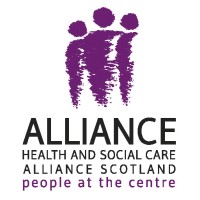Before you start using a tool to help you with your health, care and wellbeing, make sure that it is safe to do so. You can do this by checking that the information the tool provides is from a trusted source. You might also want to check that any activities it recommends are suitable for you.
How can I tell if a tool is authentic, safe and right for me?
Any health and care tool should make the following obvious:
- who developed it
- what its purpose is
- who it is for.
Take special care if the tool is asking you for very personal or sensitive information. In this case, you might want to check how this information will be used.
If in doubt, it is best to discuss it with someone you trust. In some cases, your healthcare provider may be able to offer some support. Certain charities also have roles such as “Digital Champions”. They might be able tell whether a tool is suitable for you or not. Check ALISS to see if any organisations around you offer digital skills support.
How can I tell whether my information is safe?
Any digital tool must tell you how your information and any data you provide will be used. This is the law under the Data Protection and GDPR regulations. They must give you this information before you download or access the tool. You should receive enough information to allow you to make an informed choice. Unfortunately, this is often written in complicated legal language in privacy policies.
 To minimise risk, take the time to review what information different tools request of you. The more sensitive the information, the more care you should take. Try reading the privacy notice to make sure your information will be kept safe, secure and private.
To minimise risk, take the time to review what information different tools request of you. The more sensitive the information, the more care you should take. Try reading the privacy notice to make sure your information will be kept safe, secure and private.
Unfortunately, not everyone will process your data lawfully. There have been cases where companies shared information with others without consent. Most often, data is sold for targeted advertisements. But other misuses of data might be even more dangerous. So always consider what you may want to disclose in the first place and who with.




